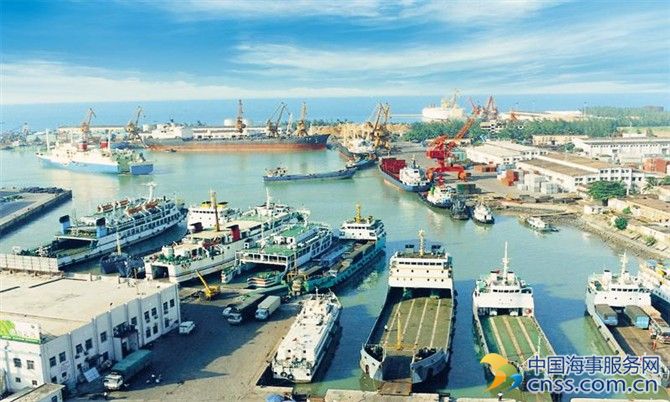Bulk carriers’ freight rates plunge 40% in a month

China and its piles of iron ore have pressured shipping companies to cut freight rates around the globe. In the past month, rates for bulk carriers have plunged 40% — largely because China is in no rush to import more.
The index for capesize vessels, the largest dry cargo ships, is hovering around $12,000. This is a sharp decline from the over $20,000 reading at the end of March.
Downward pressure quickly grew over April as demand from China, iron ore’s major importer, drooped. Chinese steel producers had earlier rushed to import the raw material when prices of steel products were recovering. As producers accelerated imports in the hope of exporting steel products at higher prices, Chinese ports’ combined iron ore stockpiles shot up to a record 130 million tons.
Then the market shifted, steel product prices began declining and Chinese steelmakers became less enthusiastic about importing iron ore.
With demand for chartered carriers expected to weaken ahead, more shipping companies are signing cut-rate contracts.
Iron ore is not the only material suffering from wavering Chinese demand. Caution reigns over the coal market as well.
Global coal producers had enjoyed increasing demand from China, where the central government clamped down on production. But government policies in China could change anytime.
“Freight rates of midsize carriers will face downward pressure if the government decides to increase production and cut imports,” according to a report from Tokyo-based Tramp Data Service.
Even demand along the South America-China route is in decline. The reason? China’s imports of soy beans and other crops from countries like Brazil have peaked. As a result, average charter costs for panamax-size vessels — the largest boats that can squeeze through the Panama Canal — have declined to around $8,100, 38% below the most recent high, in mid-April.
The shipping market faces a bleak outlook. Many companies suffered from record low rates last year. And today demand remains weak, according to Mariko Semetko, vice president of credit rating agency Moody’s Japan.
As China sits on plenty of iron ore and soy beans, vessels stay in port.
Worse yet, companies waited until this year to start using new vessels in the hope that rates would recover. They did not, and the supply of ships exceeds demand for them. Although Moody’s sees a “stable” outlook for the global shipping industry, Semetko said “downside risks remain high.”
Source: Nikkei
HEADLINES
- Do shipping markets want Biden or Trump for the win?
- All 18 crew safe after fire on Japanese-owned tanker off Singapore
- Singapore launching $44m co-investment initiative for maritime tech start-ups
- Cosco debuts Global Shipping Industry Chain Cooperation Initiative
- US warns of more shipping sanctions
- China continues seaport consolidation as Dalian offer goes unconditional